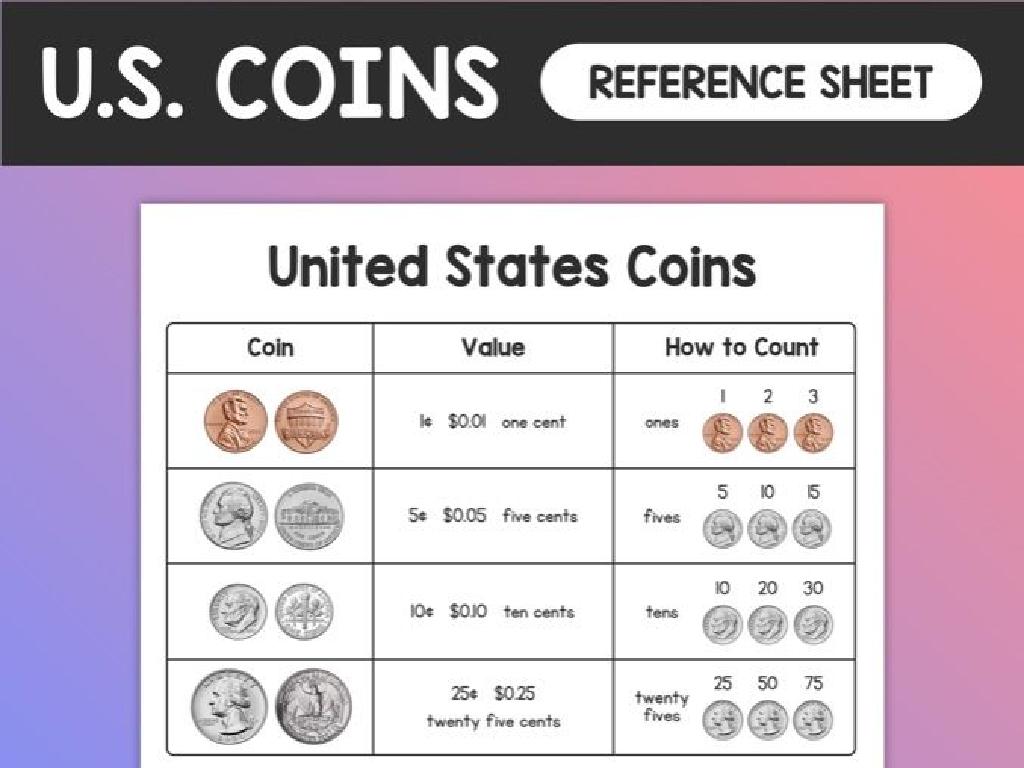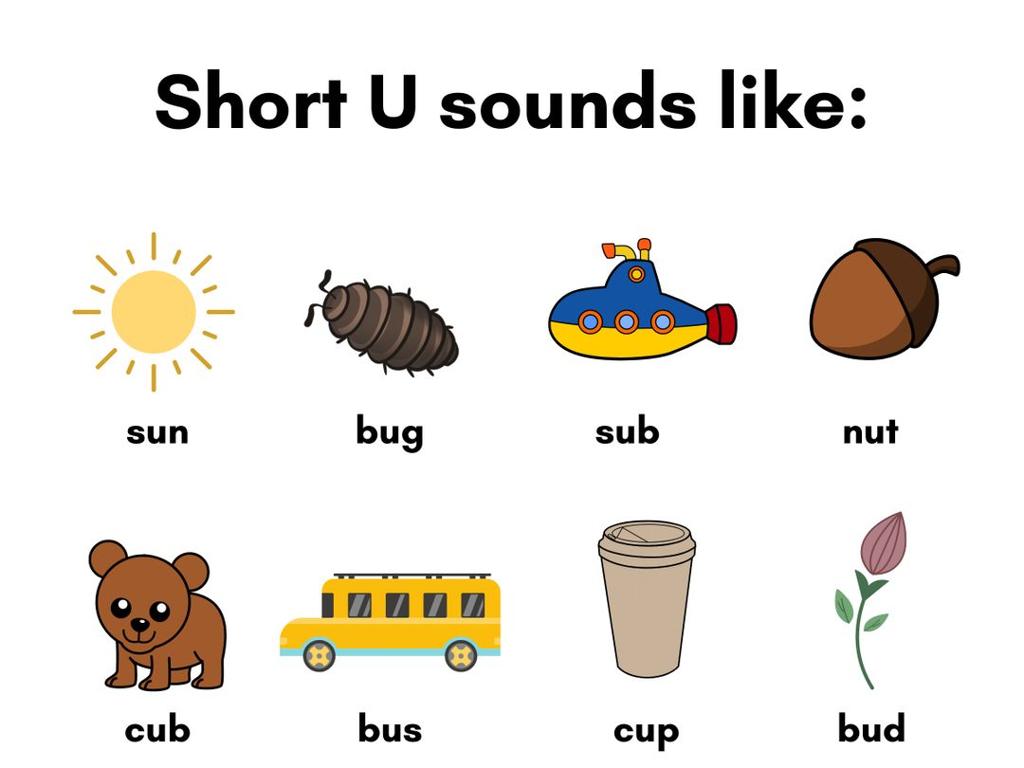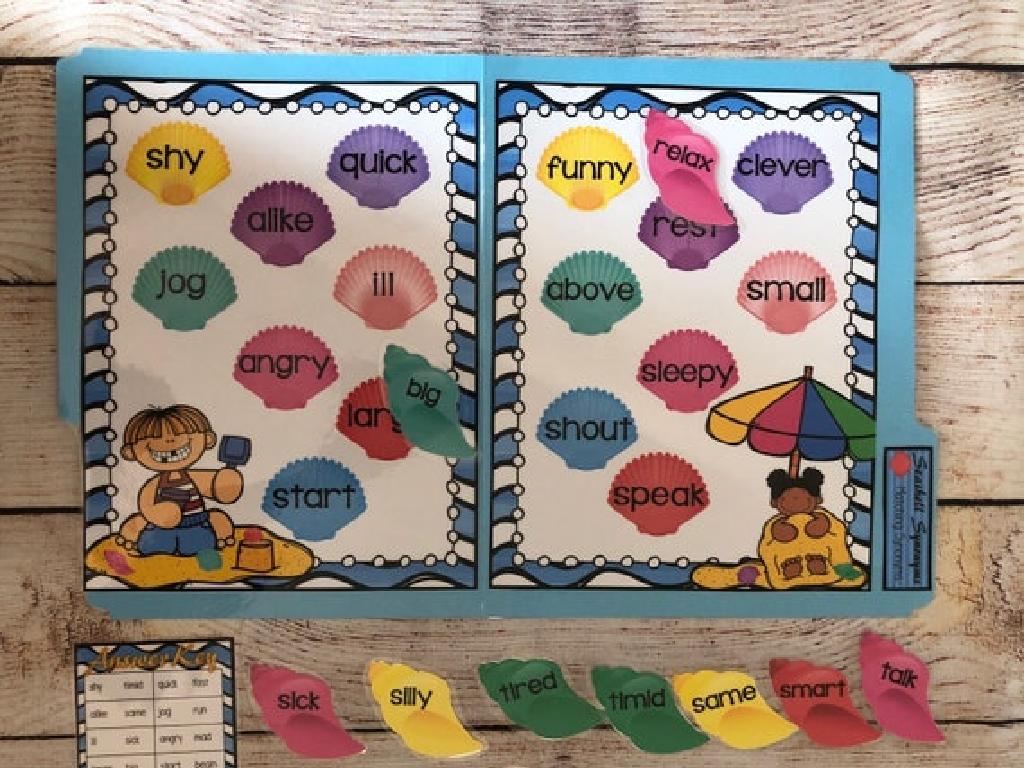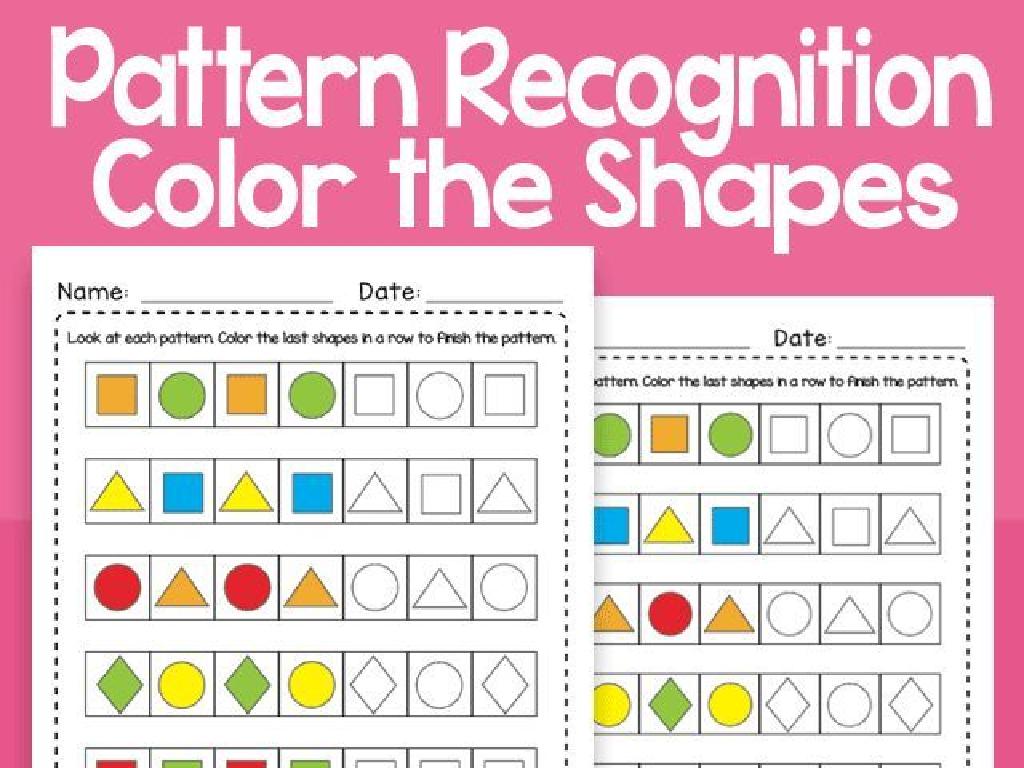Predict Forces Using Newton'S Third Law
Subject: Science
Grade: Seventh grade
Topic: Velocity, Acceleration, And Forces
Please LOG IN to download the presentation. Access is available to registered users only.
View More Content
Newton’s Third Law: Action & Reaction
– Newton’s Third Law explained
– For every force, there’s a force of equal magnitude but opposite direction.
– Forces come in pairs
– When one object pushes another, the second object pushes back equally.
– Equal and opposite reactions
– If you push on a wall, the wall pushes back with equal force.
– Real-world applications
– Consider a rocket launch: gases push down, rocket moves up.
|
This slide introduces Newton’s Third Law of Motion, which states that for every action, there is an equal and opposite reaction. This fundamental principle helps us understand how forces work in pairs and affect motion. When discussing this law, emphasize that the forces are equal in strength but opposite in direction. Use relatable examples such as pushing against a wall or the motion of a rocket during launch to illustrate the concept. Encourage students to think of other examples where this law applies and to consider how this principle enables various activities, from walking to the functioning of vehicles.
Exploring Newton’s Third Law
– Understanding force
– Force: a push or pull on an object
– Interaction pairs concept
– For every action, there’s an equal and opposite reaction
– Action-reaction in daily life
– Examples: walking, pushing a shopping cart
– Analyzing force examples
|
This slide introduces students to the concept of force and Newton’s Third Law of Motion. Begin by defining force as any push or pull that can change an object’s motion. Explain interaction pairs and how for every action (force) there is an equal and opposite reaction (force). Provide relatable examples such as walking (feet push back on ground, ground pushes forward on feet) or pushing a shopping cart (you push on the cart, and the cart pushes back on you). Encourage students to think of other examples from their daily lives where they can apply Newton’s Third Law. This will help them understand the law’s significance and how it governs interactions in the physical world.
Newton’s Third Law in Action
– Real-world examples of the Third Law
– For every action, there’s an equal and opposite reaction: e.g., pushing off the ground to jump.
– Mass and force interplay
– How the amount of matter (mass) affects the push or pull (force) experienced.
– Action-reaction forces
– Action-reaction forces act on different objects, hence they don’t cancel out.
– Understanding non-cancellation
|
This slide aims to illustrate Newton’s Third Law of Motion, which states that for every action, there is an equal and opposite reaction. Use everyday examples such as jumping (legs push down on the ground, the ground pushes back up) to explain the concept. Discuss how mass influences the force exerted and received, and clarify why action-reaction pairs don’t cancel each other out because they act on different objects. This understanding is crucial for students to predict forces in various scenarios. Encourage students to think of more examples where Newton’s Third Law is at play, such as in sports or vehicle propulsion.
Calculating Forces with Newton’s Third Law
– Newton’s Third Law formula
– For every action, there’s an equal and opposite reaction.
– Practice problem on force pairs
– If a car pushes on a truck, the truck pushes back with equal force.
– Net force and equilibrium concept
– Net force is the sum of all forces; equilibrium means net force is zero.
– Applying concepts to real-life
|
This slide introduces students to the mathematical aspects of Newton’s Third Law. Start by explaining the law: for every action, there’s an equal and opposite reaction. Use a practice problem to calculate force pairs, such as a car pushing against a truck, and ensure students understand that the forces are equal and opposite. Discuss net force as the combination of all the forces acting on an object, and explain that when forces are balanced (net force is zero), the object is in equilibrium. Relate these concepts to real-life scenarios to help students grasp the practical applications, such as two skaters pushing off from one another on ice.
Real-world Applications of Newton’s Third Law
– Rocket launch mechanics
– Rockets push down on gas; gas pushes back on rocket, causing lift-off.
– Sports: Action and reaction
– In sports, players push against ground; ground pushes back, enabling movement.
– Safer car designs
– Engineers use the law to improve crash technology, like airbags.
– Newton’s law in technology
– Everyday tech incorporates the law for stability and function.
|
This slide explores the practical applications of Newton’s Third Law of Motion, which states that for every action, there is an equal and opposite reaction. Students will learn how this principle is fundamental in various fields. For rockets, the action of expelling gas downwards results in the rocket being propelled upwards. In sports, athletes use the ground to push off and move, which is a direct application of the law. Car safety technology, such as airbags, is designed considering the forces involved in crashes. Finally, this law is also a key consideration in the design and function of many everyday technologies. Encourage students to think of other examples where Newton’s Third Law is at play in their daily lives.
Class Activity: Balloon Rocket Experiment
– Understand Newton’s Third Law
– Gather materials for the experiment
– Each student needs a balloon, string, straw, and tape
– Predict the balloon’s motion
– Based on action-reaction, which way will the balloon move?
– Observe and record results
– Compare predictions with the actual experiment outcome
|
This class activity is designed to demonstrate Newton’s Third Law of Motion: For every action, there is an equal and opposite reaction. Provide each student with a balloon, a piece of string, a straw, and tape. Have them inflate the balloon and then release it to see it propel in the opposite direction. Before conducting the experiment, ask students to predict what will happen based on their understanding of Newton’s Third Law. After the experiment, discuss the results and how they align with the predictions. This hands-on activity will help students grasp the concept of action-reaction forces and their effects on motion. Possible variations of the activity could include changing the balloon size, the length of the string, or the angle of release to explore different outcomes.
Conclusion: Newton’s Third Law in Action
– Recap of Newton’s Third Law
– For every action, there’s an equal and opposite reaction.
– Observations from our activity
– How did the balloon rocket experiment demonstrate this law?
– Engage in Q&A session
– Reflect on our learning
– Think about how this law applies to everyday situations.
|
As we conclude, let’s revisit Newton’s Third Law of Motion, which states that for every action, there’s an equal and opposite reaction. Reflect on the activities we conducted, such as the balloon rocket experiment, and discuss how they illustrated this law in a tangible way. Encourage students to ask questions about anything they’re unsure of, fostering a deeper understanding. Use this time to also encourage students to think critically about how Newton’s Third Law is observed in their daily lives, such as when walking (feet pushing against the ground) or playing sports (a bat hitting a ball). This reflection helps solidify their grasp of the concept and its relevance.





